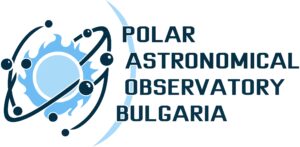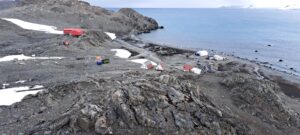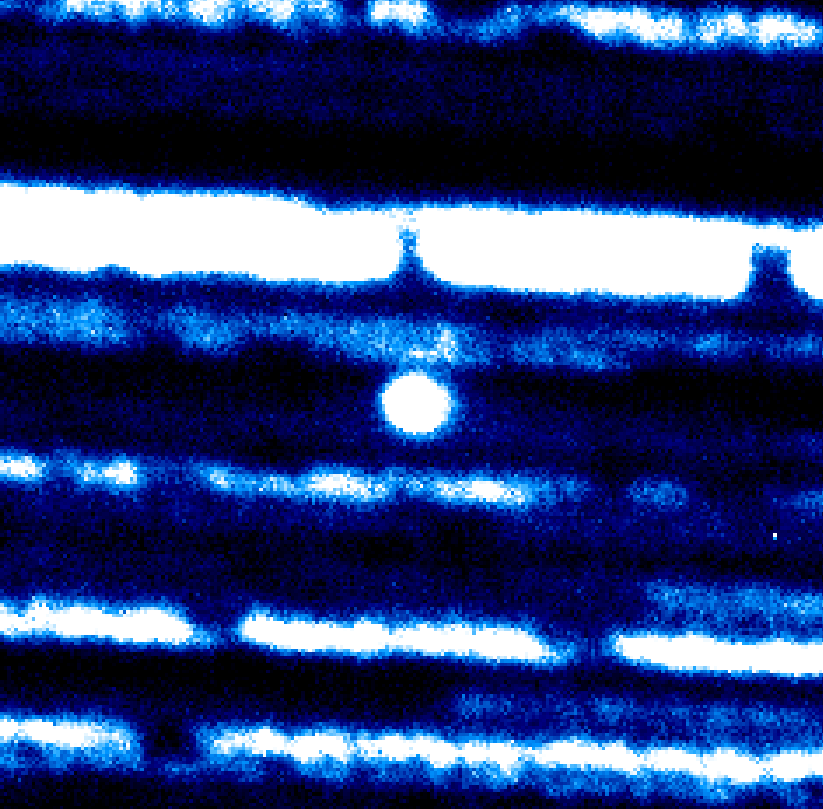Bulgaria’s first polar astronomical project will take place in 2024-2025.
“Impact of solar activity on ionospheric dynamics and high-energy particle fluxes over Antarctica” is the title of the first Bulgarian polar astronomical research project which will be carried out in 2024-2025 on the territory of the Bulgarian Antarctic Base on Livingston Island.
The team of scientists from the Institute of Astronomy with NAO at BAS, the Technical University – Sofia and the Nikola Vaptsarov Naval Academy which will work on its implementation is headed by Associate Professor Dr. Kamen Kozarev. The research project has been approved in the competition for funding of polar research of the National Centre for Polar Studies at Sofia University “St. Kliment Ohridski”.
Research on the Sun and solar activity is extremely important for us humans, for the biosphere of the Earth. Sometimes solar storms reach the planet and lead to geomagnetic activity. In 2025, the solar cycle is expected to peak and solar flare events will occur almost every day. Strong and short-lived electromagnetic emissions change the density and structure of the Earth’s ionosphere. This leads to a change in its reflective properties and causes interference in radio communications.
For the first time, pulsations in the Earth’s ionosphere caused by solar storms will be studied in detail from the polar base at Livingston Island. In fact, a major goal of the project is to study the activity of the solar corona – solar flares and mass ejections from it. The high-frequency radio observations to be carried out with the instrumentation prepared by the project will provide valuable information on the speed and energy of coronal mass ejections.
Daily multi-hour radio observations of the Sun will take place at the Bulgarian Antarctic Base on Livingston Island which has a unique location due to its proximity to the Earth’s South Pole. The site has breen also chosen for its extremely quiet radio location. This will allow the study of pulsations in solar flares and the features of shock waves in the solar corona.
Scientists will also make observations of solar cosmic rays which consist of particles accelerated in solar flares. In addition to electromagnetic emissions, solar flares accelerate ions that propagate in the solar corona and in interplanetary space. They reach the Earth’s magnetosphere and gain the easiest access to the circumpolar regions because of the particular geometry of the Earth’s magnetic field. Research under this project will help answer the important question of when and where these solar cosmic ray fluxes are accelerated.
During the Antarctic summer, continuous radio observations of solar activity will be possible for up to 20 hours per day. Observations of ionospheric layer change will be made simultaneously from Livingston Island, Bulgaria and Ireland. This will enable the ionosphere to be used as a giant detector during solar activity. The scientific experiments will help to fully investigate solar flares during the period of maximum activity and their effects on the Earth system.







